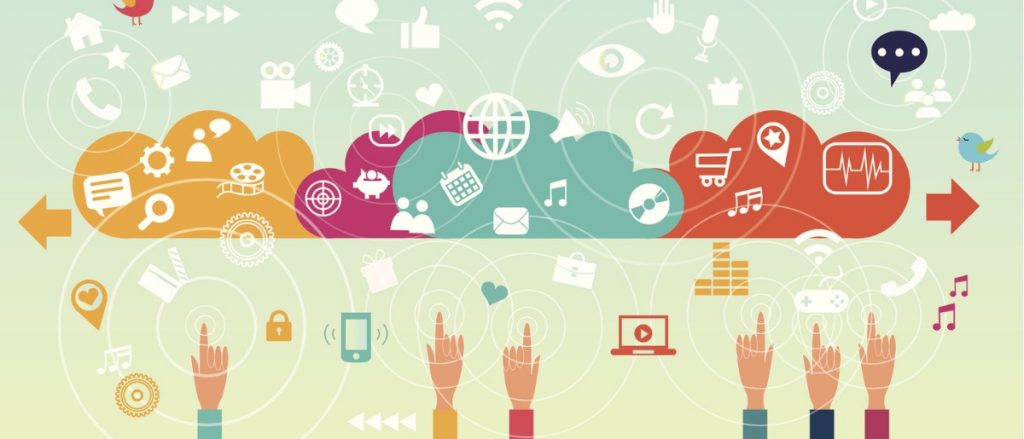Not able to make it to Ignite 2018 but want to stay up-to-date with everything? Subscribe to our Ignite 2018 newsletter!
This is the third post in our "Microsoft Teams for Education Institutions" ebook series. You can read the others below:
- Teams in Education: Naming Your Microsoft Teams…Teams
- How to Master Your #MicrosoftTeams Life Cycle Management
Create and Provision #MicrosoftTeams: The Good, The Bad, The Ugly
Microsoft Teams has been available for education institutions since 2017, and adoption is on the rise.
The Microsoft Teams feature set for education is slightly different than the one for businesses since it also has education-specific features such as Class Notebooks, Staff Notebooks, and other education apps.

For education institutions this hits the sweet spot. Office 365 is already free, and leveraging Microsoft Teams allows them to extend the power of their existing investment.
So, is Microsoft Teams really the silver bullet it’s being positioned as? Many believe it is for a few key reasons:
1. The App Hub for Teamwork
While Microsoft uses this terminology in their marketing messaging, it’s also how Microsoft Teams is perceived in higher education institutions who are still early in their own Office 365 journeys. As one institution put it…Microsoft Teams offers “a unification of productivity.”

For some institutions, their faculty and students may already be using core Office 365 functionality such as Exchange Online and OneDrive for their mailbox and file storage/sharing respectively. However, their usage of Office 365 may not extend beyond this point.
Microsoft Teams allows users to effectively leapfrog over some of these applications, as well as not have to remember all the different URLs or buttons to push to access them.
Instead, Office 365 users can simply open Microsoft Teams to access their content and applications. One institution said that Microsoft Teams “pulls together Office 365 quite nicely.”
[bctt tweet="Learn how educational institutions, from faculty to students, can benefit from using Microsoft Teams!" username=""]
2. Today’s Students & Educators Are Digital Natives
When I started university in the mid 90’s, students weren’t generally provided an email account by their institution. email address from the dominant free email provider at the time: Hotmail. Consequently, students would forward their university email account to their personal account as it provided a better experience.
The same is the case in today’s higher education institutions; Students have already been using current technologies for their schooling and social lives before they even walk through the door. As a result, they are both familiar with, and expect to use similar current technologies in their higher education lives.

Students don’t want traditional intranet-based learning portals and email. They want chat services that automatically connect them with their educators and peers, but also integrate with other systems and applications so they don’t need to keep switching between them.The same can be said for many educators working in higher education.
Microsoft Teams provides both students and educators with a single multi-purpose portal that takes queues from common social elements, while integrating with other services and apps.
3. Preparing Students for the Real World
While many leading solutions, such as Moodle and Blackboard, exist for managing education and providing collaborative spaces, institutions realize that the usage of these applications ends when students leave.

When students join the workforce, “familiarity with Microsoft Office” won’t be one of the descriptions of a job requirement. Instead, graduating students will need to be armed with experience using collaborative tools provided by the key technology platform players.
For most this will be Office 365, and it’ll be important for students to already be familiar with the broader set of tools, as well as Microsoft Teams. This will be a key factor for educators when considering the employment readiness of their pupils.
Want to learn more? Download our free eBook “Microsoft Teams for Education Institutions” for plenty of other best practices.
For more on Teams from industry professionals, be sure to subscribe to our blog.



